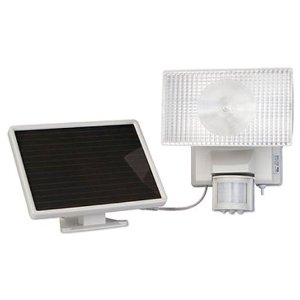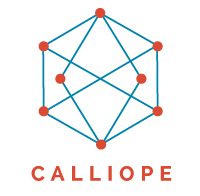Which Comes First, The Solar or the LEED--The Challenge To Local Regulators Of Weighing Competing Green Priorities
 Although most of you are probably in St. Martin enjoying fruity cocktails on the beach, we here at GBLB are hard at work. So take a break from your mai-tai to read about a very interesting appellate decision out of California on weighing the relative priorities of green development. The case, brought to our attention by a loyal reader, is Sven Toorvald v. City of West Hollywood, and the decision is available here.
Although most of you are probably in St. Martin enjoying fruity cocktails on the beach, we here at GBLB are hard at work. So take a break from your mai-tai to read about a very interesting appellate decision out of California on weighing the relative priorities of green development. The case, brought to our attention by a loyal reader, is Sven Toorvald v. City of West Hollywood, and the decision is available here.
A quick summary of the case is as follows:
Mr. Toorvald installed a small solar panel to power his halogen security lights, presumably like the one available here from Amazon.com. Importantly, the Court notes:
The opening brief describes plaintiff's system, "an industry standard collector (one foot by one-foot comparable in size to a solar panel on a freeway call box), separate inverter and storage battery, [which] collects, stores and distributes solar energy for electrical generation."
Next door, a developer sought to build a four-story, nine-unit courtyard condo building with subterranean parking. The development was a "green" development in that it complied with the West Hollywood green building regulations, was a "high achieving" green building project that qualified for an additional unit density bonus and had solar panels. In addition, the project was an urban in-fill project.
The controversy emerged because the green development was going to "cause an obstruction to his solar absorption for eight months of the year." Mr. Toorvald alleged that this violated Municipal Code Section 19.20.170(A) which mandates:
A structure, fence, or wall shall not be constructed or modified in a residential zoning district, and vegetation may not be placed or allowed to grow, so as to obstruct more than 10 percent of the absorption area of a solar energy system on a neighboring parcel at any time.
The trial court determined that Mr. Toorvald's solar lighting installation was not a "solar energy system," and therefore its obstruction did not violate Section 19.20.170(A).
To justify this conclusion, the trial court and the appellate court go through a convoluted set of contortions to conclude that a solar panel that produces electricity for a lighting system is not "Any solar collector or other solar energy device whose primary purpose is to provide for the collection, storage and distribution of solar energy for...electricity generation..."
If that sounds like a silly argument, it is. What the courts were really trying to resolve is whether a high-value green development project was "worth" more than a tiny solar light. The problem was not in the decision--I believe that the court and the city council rightly decided that an appropriate, in-fill green development should be approved. The problem was in the justification, and the clumsy regulatory drafting which it uncovered. "Solar energy system" was not defined in the Municipal Code. The definitions that the Court refers to in state legislation were equally broad.
Now that green buildings and renewable energy installations are becoming more commonplace, city councils and planning commissions will be forced to weigh the environmental impact of competing development. Is an in-fill development more environmentally worthwhile than a tiny solar installation? Just like health and safety regulations, these regulatory bodies will need to have discretion and guidelines to weigh the relative factors on environmental impact.
Because if it looks like a solar energy system and it quacks like a solar energy system, it probably is a solar energy system.

 Shari focuses on energy, environmental and building code policy, representing international companies, non-profits and trade associations in their policy and communications campaigns
Shari focuses on energy, environmental and building code policy, representing international companies, non-profits and trade associations in their policy and communications campaigns

